By Aillinn Brennan • Special to The Current
Why cook if you don’t have to?
The original Pub was called a “Taberna,” or Tavern. Traveling through Roman controlled Celtic areas you could find a tavern every 20 miles on the roads built by the ever-expanding Roman Empire.
While other cultures throughout civilization had drinking establishments, the ones we think of as cozy where a reliable good meal, a good pint, and conversation are expected are Roman in origin. Workers and artisans in urban ancient Roman cities often would not cook for themselves and would rely on these taverns for bread and wine.
A large structure was revealed in a recent excavation of the Celtic site Lattes, France. Dating to 125-75 BC, that’s about 2,200 years ago the ruin of a Roman tavern was revealed. Separating a tavern from a domestic dwelling archeologists look for common signs.
Here and among all ancient tavern sites are a large structure housing a large kitchen and dining room for feeding lots of people. These Taberna had multiple ovens, large food storage areas, multiple millstones for grinding grain to make flour and of course, lots of drinking vessels. Some sites have evidence of large cuts of meat way more than would ever feed a family. It’s no wonder France is credited with creating the modern concept of the restaurant. Vive la France!
The British Isles & Ale
As the Romans expanded into Brittan ale making was already a household thing. The women were the brewers and the Romans liked beer. The Roman tavern married well in British culture, were widowed women saw opportunity with their conquerors opening up their homes to them for lodging, food and drink. The early Ale House was born.
Ireland Roman? No man.
Homer, describes in The Iliad, Ireland as “a land of fog and gloom – beyond it the Sea of Death.” The Romans, after their difficulty with the Picts of Scotland, scrubbed their Irish invasion and decided trade and commerce would be a better bet. They loved their leather and Ireland was full of cows grazing on its lush emerald pastures.
In its isolation Ireland’s Pub tradition developed largely of its own culture. Thanks to “Brehan” law, Chieftains HAD to have their own “Bruigu,” brewer! These brewers made Irish Ale, and also managed hostels that followed strict laws of Gaelic hospitality. What to expect on your visit? Torch bearers lighting your way to the door and 24 hours a day food, drink, and lodging service. Fáilte, welcome!
The oldest bar in Ireland is Seán’s Bar and dates back to 900 AD and boy if its walls could only talk. The Guinness Book of records has it as the oldest pub in Europe. For 1,100 years this bar has be pouring pints of dark brews like porters and stouts along with drams of Irish whiskey and plenty of mirth and merriment. Way back in the beginning, mead was likely the pour.
Pub, is short for “public house” which came into use in the seventeenth century. By 1760 there were 2,300 pubs in Dublin. James Joyce said, “a good puzzle would be to cross Dublin without finding a pub.”
The gaily painted pub signs that we see all over Ireland came from the need to identify the pub with a picture rather than a name to cater to the largely illiterate population. In time the pictures turned into the name of the pub. Try The Mucky Duck and The Flying Horse.
This St. Patrick’s Day go to your pub and toast sláinte, slawn-cha “to your health,” and fáilte fahl-cheh to the welcome you feel!
Aillinn Brennan is proprietor of
The Marion Hose Bar located at
16 W. Broadway in Jim Thorpe.
For more visit www.marionhosebar.com










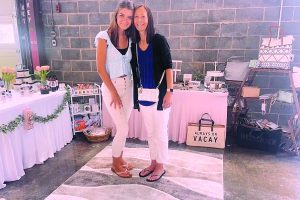


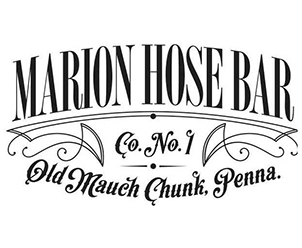

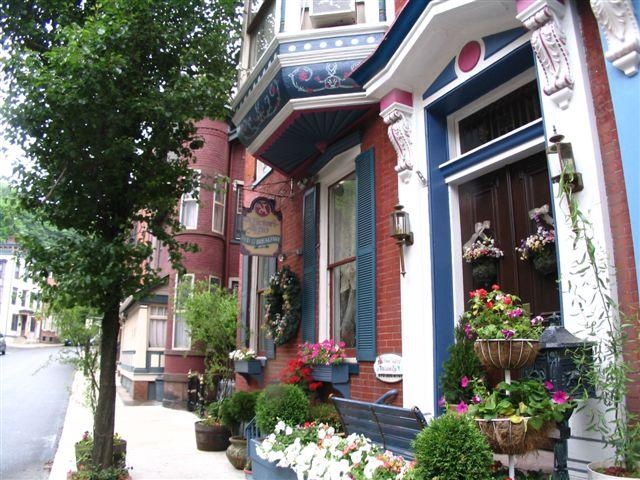

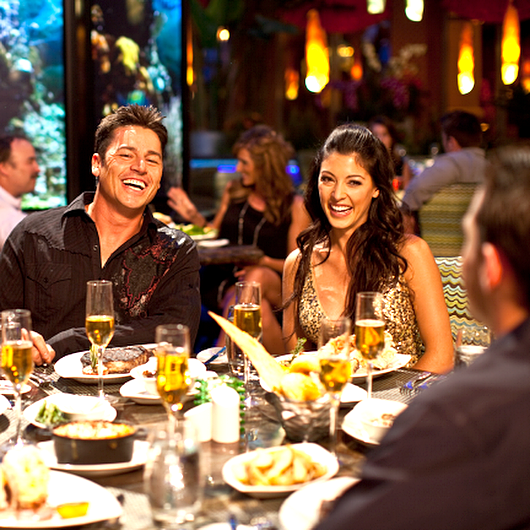
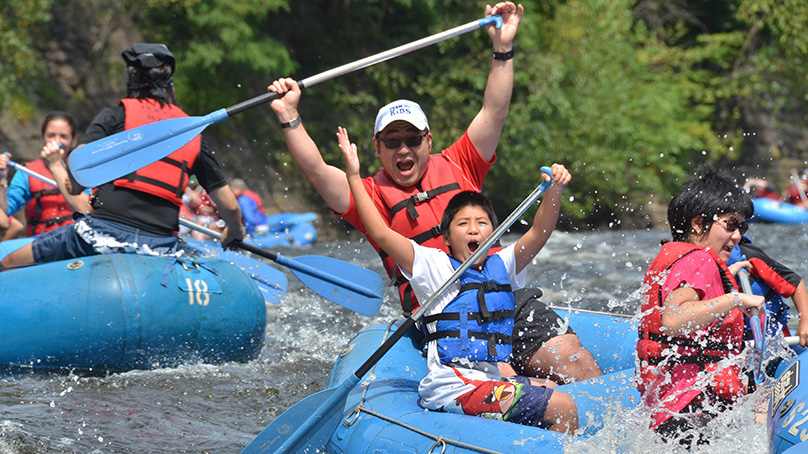
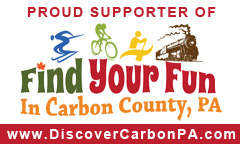





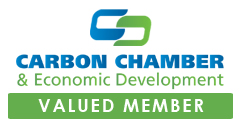

Add Comment